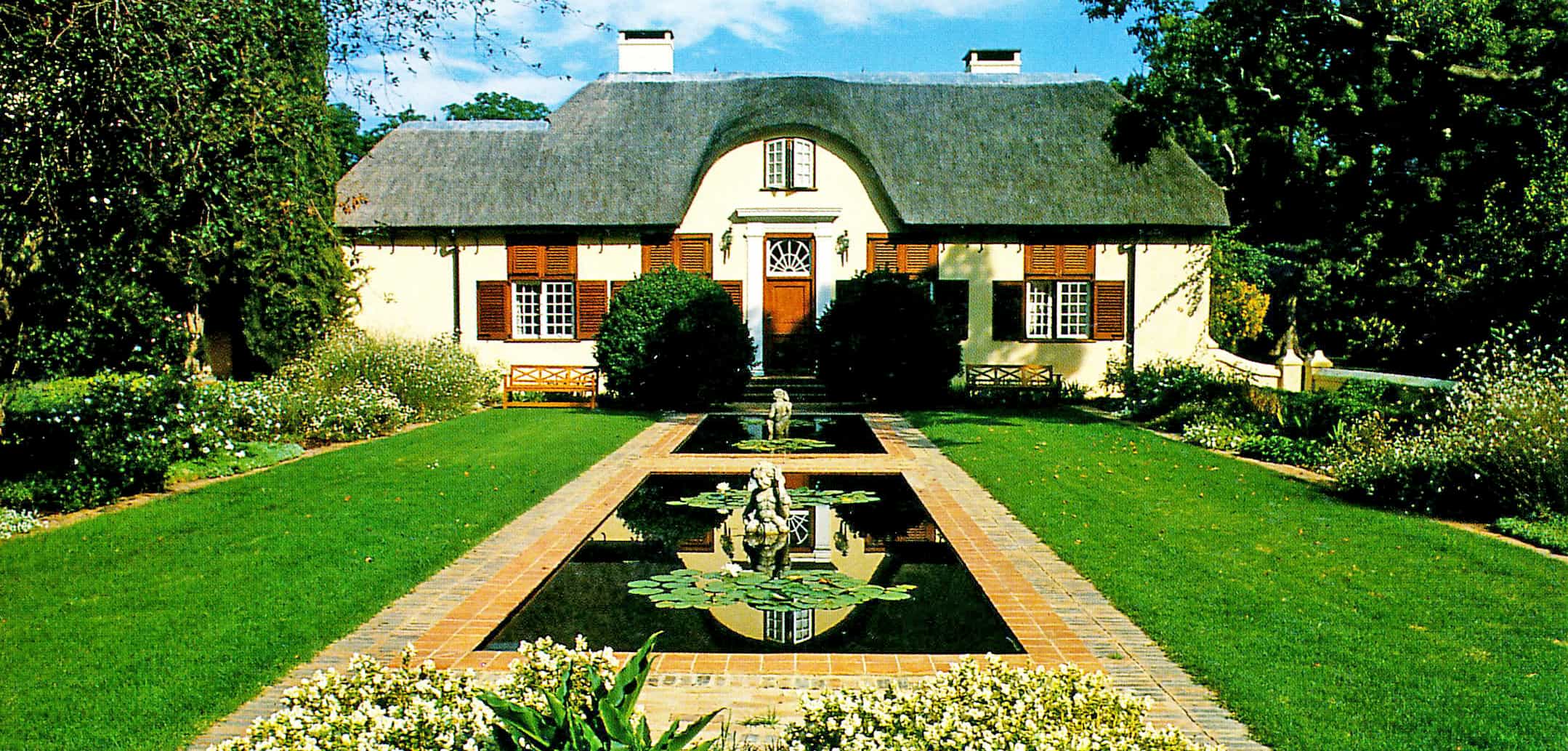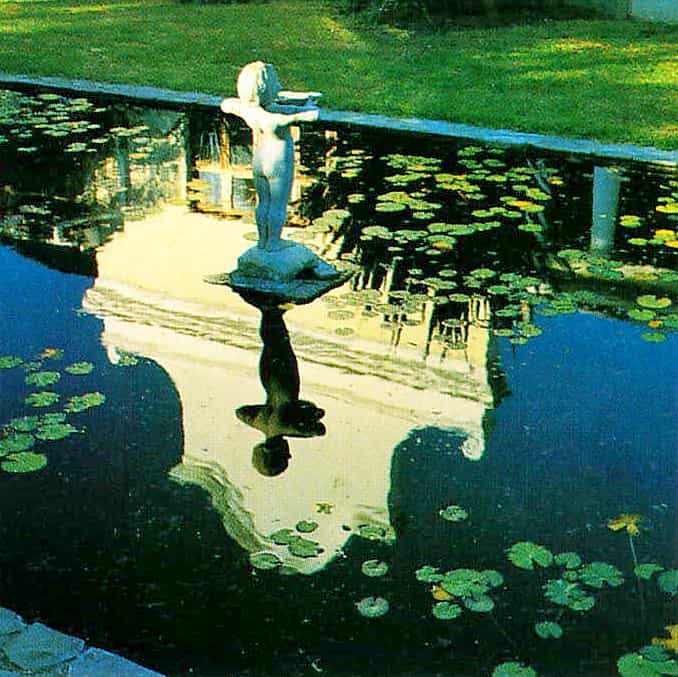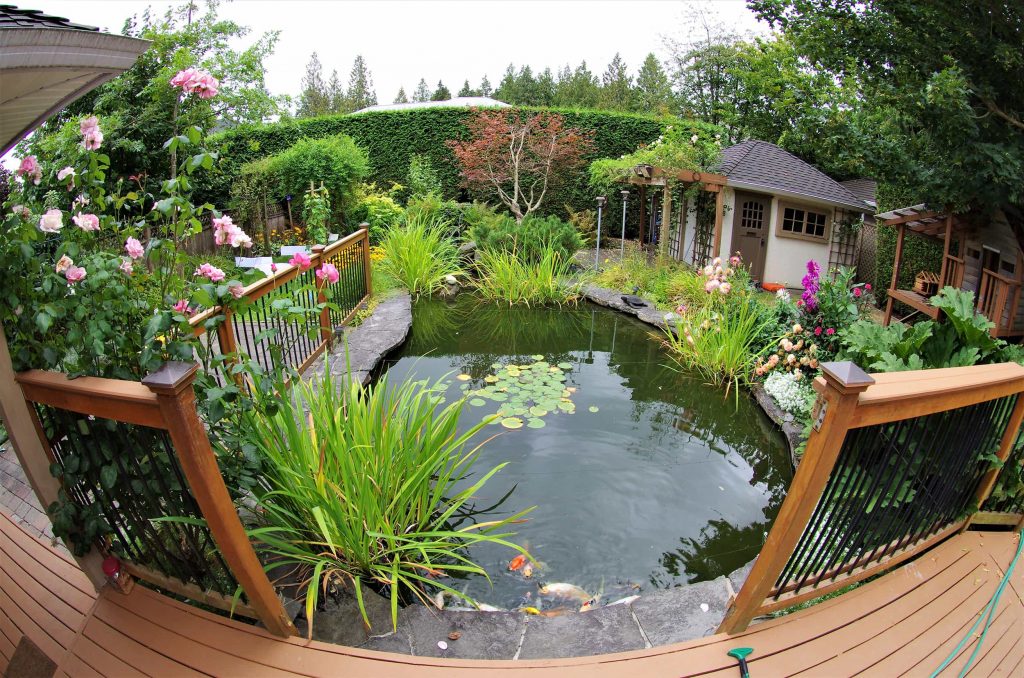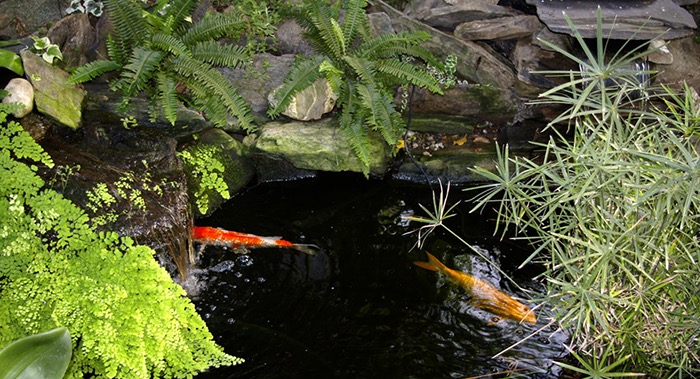Formal Ponds and Pools

Formal Ponds and Pools
The two basic garden types are defined as formal ponds and informal ponds. Formal ponds and pools and informal ponds and pools are classified in the same way. There is a tendency to refer to the formal version as a pool and the informal as a pond, which is not strictly correct. Some garden experts prefer to relate ponds with a living element (fish, water lilies, and so on); referring to pools when only water is involved.

Somehow formal ponds seem less rigid. Whatever its shape and whichever definition you prefer, formal ponds and pools will be clearly defined and often geometrical. They may be raised, sunken so that one steps down onto the edging, or set at ground level. They are at their best on a formal patio or in a courtyard, where a wall may be used as a backdrop.
As there is always the danger that the area alongside any area of water will become muddy and marshy, it is sensible to edge a formal pond. To create a more effective frame, pave or cover a generous area around it. Plants in pots can then be introduced if you feel the area looks too stark. The containers should be symmetrically placed and matching. It is best to use one type of plant for effect.
Whenever a hard surface is incorporated in the plan, the material used should fit the formality, as well as complement the existing surfaces in your garden. Tiles, brick paving and marble (for those who can afford it) are all good choices. This does not mean that you cannot use ordinary, inexpensive materials if you wish. Even precast slabs can be very effective if they are laid to match the symmetry of the feature. It is best to avoid mixing materials or planting right to the edge of this type of pond, as this will give the area a less formal look. There is nothing to stop you from planting grass, but it must be kept well mowed or the effect will be spoilt.

The decision to build a formal ponds and pools is often related to function. You may wish to continue the theme established by carefully balanced planting. An informal garden, with gentle curves and irregular flower beds, will not provide a satisfactory venue for this more severe style.
Although a large lake (however irregular its shape) will have reflective qualities, most reflective pools are formal in style. If this is your choice, it is important to establish what will be reflected in the water. Apart from light (which includes romantic moonlight), it will reflect changing colors and shapes; not only of trees, shrubs and flowers, but of nearby buildings and any other structures. If these are unsightly, you may decide to plant a screen of quick-growing bushes to camouflage them.
[amazon box=”B01ELO1FFO,B002ZPJC7K,B0106PUIPA” grid=”3″]
Pots or statuary alongside the water, or a fountain set within it can be very effective provided the container or ornamentation chosen is in keeping with the style.
A lily pond constructed in this style can be impressive; and there is nothing to stop you from keeping fish in a formal pool.







2 Comments